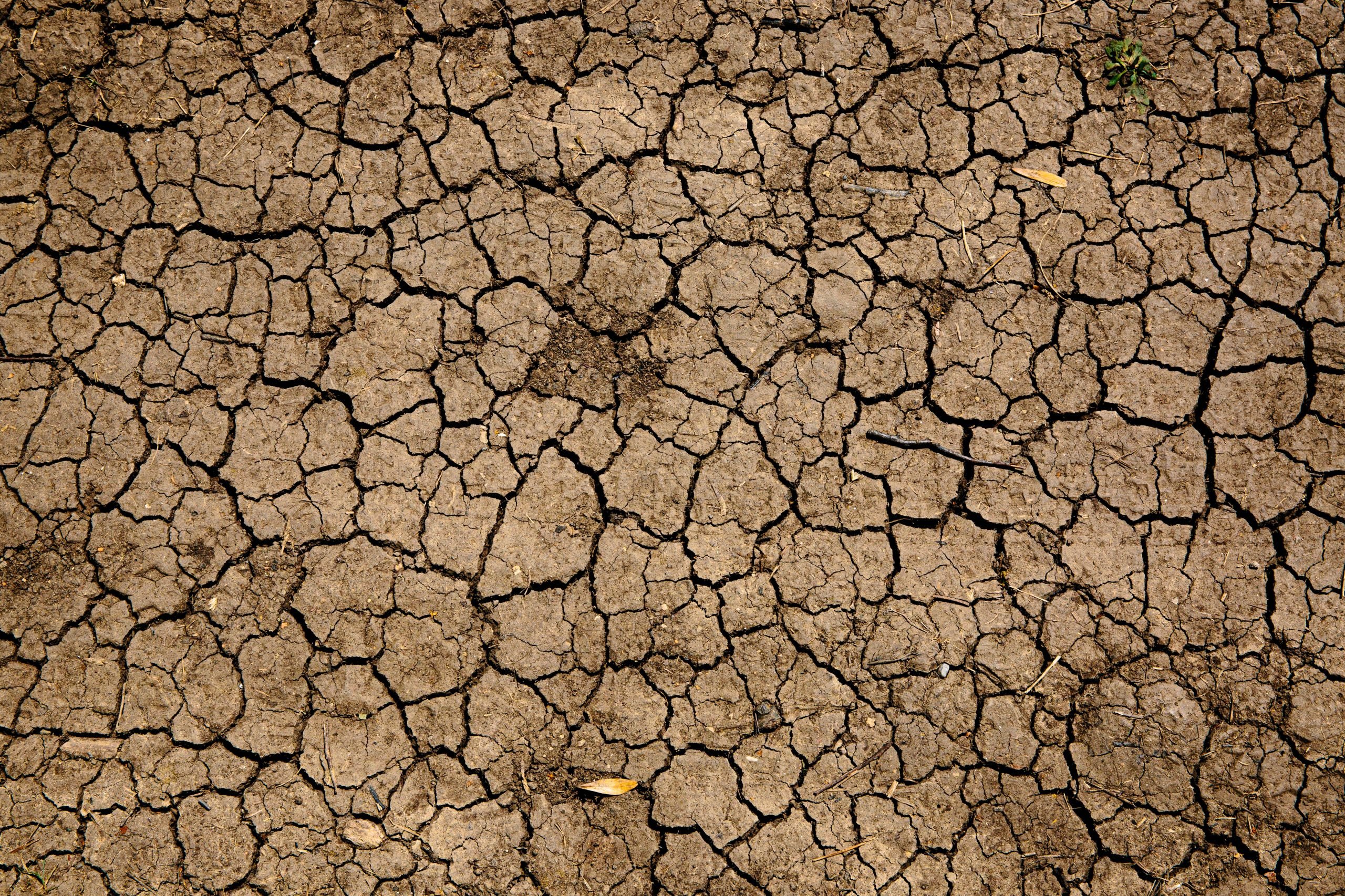In December 2019, during the European Council meeting, EU President Ursula von der Leyen said, “Portugal is one of the countries most affected by climate change.”
Portugal is a climate hotspot, with the Mediterranean region projected to experience the greatest drying among 26 regions globally.
Portugal is showing a tendency towards more intense extreme weather events, such as heat waves and droughts. The increase in severity of drought, flooding, and wildfires is already having an impact on the population, as well as agriculture and the economy.
In 2017, the BBC reported that climate change would extend Portugal’s standard “wildfire season” from two to five months. That same year, hundreds of people died during the wildfire season.
In 2022, Portugal saw one of the hottest summers and an increase in wildfires. In June, 96% of Portugal was classified as being in extreme or severe drought.
While many ignore the indirect and direct consequences of climate change in Portugal, this article will show you why scientists are worried about its impact on the country, backed by scientific evidence.
Change in Weather Temperatures
Temperatures have increased in the past decades in Portugal, and eight of Portugal’s ten warmest years have happened in the last 20 years. Heat waves have increased in frequency and intensity in Portugal, primarily affecting the northeast and southern regions of Portugal. Porto and Lisbon are also affected but at a smaller magnitude.
In mid-July 2022, many places in Portugal reached record high temperatures at around 47°C in the latest heatwave.
According to Climate Analytics, under a scenario RCP8.5, where global warming reaches 4.3°C by 2100, maximum summer and autumn temperatures in Portugal will increase by up to 8°C. Maximum spring and winter temperatures rise between 2°C and 4°C. Temperatures will never drop below 2°C under this scenario, and temperatures above 40°C will be common.

Wild Fires in Portugal
Of all Mediterranean countries, Portugal is the one that has suffered the most from forest fires. In the last 30 years, 35% of the region’s fire incidents were located in Portugal. On average, 3% of Portugal’s forests burn every year.
In 2017, Portugal made worldwide news due to extreme wildfires, burning a record 500,000 hectares and taking 120 human lives.
The increase in wildfires is caused by heat waves, including reduced precipitation and drought. Moreover, the lack of rain and warm temperatures decrease soil moisture, causing an increased fire risk.
As temperatures and instances of drought continue to increase, wildfires will become even more frequent in Portugal.

Lack of Rain and Drought in Portugal
Droughts in Portugal are becoming increasingly common. Between 1902 and 2010, Portugal experienced 10 of the 12 driest winters in the last 20 years alone. As of 2017, annual precipitation decreased by 90mm per decade.
Climate models predict that a decrease in precipitation will continue. Under scenario RCP6.0, where global warming reaches 3°C by 2100, rainfall would decrease by 30% in the south of Portugal and by 15% in the north of the country.
Precipitation decreases are also heavily impacted by the seasons in Portugal. Values above 50% decrease are expected in the summer.
At the end of May 2022, almost all of Portugal was in severe drought, with major dams and bodies of water completely drying out.

Geographical Area of Portugal & Sea Level Rise
Sea levels have increased worldwide, including on most European coasts such as Portugal. The global mean sea level is about 20cm tighter than at the beginning of the 20th century.
Southern Europe has seen temperature increases and decreases in precipitation due to climate change. Drought frequency and magnitude have also increased in the Mediterranean region.
With a coastline of 2,601 km, the sea level rises are a risk to Portugal and could impact biodiversity, human health, infrastructure, food systems, and even livelihoods. Portugal is predicted to see more than 0.4 change in relative sea level in 2081-2100 compared to 1986-2005 under scenario RCP4.5, where global warming reaches 2.5°C by 2100. This will lead to flooding and coastal erosion.
Estuaries and coastal lagoons will be the most affected by sea level rise in Portugal. Some will have significant socio-economic impacts, such as the Sado and Tagus estuaries, the Ria de Aveiro, and the Ria Formosa coastal lagoons.

Impact on Agriculture & Food Production
Climate change is predicted to reduce crop productivity in all of southern Europe, including Portugal. Droughts, floods, and heat waves have already reduced the yield of certain crops, particularly typical Mediterranean crops such as grapevine and olive.
The Portuguese wine industry is thus heavily impacted by climate change, as grapes are one of the most sensitive crops. Wheat production will also be negatively affected in Portugal, with mean wheat yields (-27% to -14%) expected due to drought.
Food production in Portugal could be reduced, causing a food security risk. There will be a more considerable demand for water irrigation to preserve crop yields, leading to a scarcity of water availability.

Economic Impacts
Climate change will also impact the Portuguese economy negatively. Under a projected scenario where global warming increases by 4.3°C by 2100, Portugal’s GDP is expected to decrease by up to 7.75%.
Tourism in Portugal is projected to decline by 2.5% and 5.2% due to temperature increases, reducing the Portuguese GDP between 0.19% and 0.40%.
Farms will also be negatively impacted. The farmland value in Portugal is expected to decrease by more than 80% by 2100.
Economic losses have already been reported in Portugal due to climate change. Between 1980 and 2013, Portugal lost around 6.7 million euros from climate-related hazards, amounting to 0.14% of its GDP.

Health Impacts
Climate change is studied to affect human health negatively and lead to fatal illnesses due to increased or decreased temperatures and air pollution levels. Young children and the elderly, the latter of which comprise almost 30% of the population, are particularly vulnerable to heat waves, leading to high mortality rates.
The long-term impact of exposure to reduced air quality will also increase premature mortality rates by leading to illnesses such as lung cancer. Moreover, climate change increases the risk of vector-borne diseases. For example, the number of days in Portugal where the temperature is suitable for malaria survival is rising.
How is Portugal fighting climate change?
According to the European Parliamentary Research Service, Portugal generates 1.8% of the EU’s total greenhouse emissions as of 2021. In 2019, the carbon intensity of the country’s economy (measured as CO2 emissions per unit of GDP) was 22% more than the EU average.
However, Portugal seems to be making progress to combat climate change.
In 2019, Portugal’s share of renewable energy sources was around 30%. By 2030, Portugal is striving to make its target of 47% renewable energy, with electricity alone making up 80%. These targets are some of the highest in the EU for renewables.
The sector with the highest emissions, the transport sector, reduced its emissions by over 10% between 2005 and 2019. The energy section reduced its emissions by 50% in this period.
Portugal’s State Budget for 2022 includes the following measures concerning climate change:
- €3.8 allocation of funds to combat climate change and for the environment. The government has stated that this amount is a 30% increase in relation to 2021.
- Decabornization efforts will be reinforced by promoting public transport with €250 million in support.
- Includes plans to further the objective to reduce 55% of greenhouse gases by 2030, compared to 2005.
- Plan to have 47% of energy produced by renewables by 2030, such as through green hydrogen.
- Development actions to fight energy poverty by partnering with local entities.
- Financial support to purchase private electric vehicles and an increase in public electric vehicles.
- 6% reduced VAT rate for solar panels.


